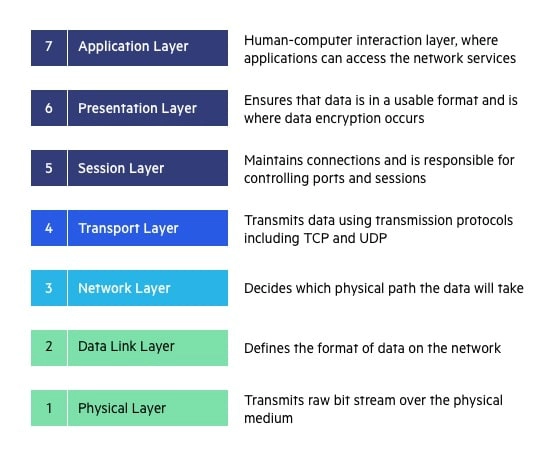@mike-jones Hi Mike,
There are multiple answers to this, so I’m going to provide some of the most important ones here
JS is a client side library, so you shouldn’t rely on it solely for validation. Any values collected by JS will need to be passed back to the PHP backend for processing, and will need to be fully sanitised first to ensure that your database is not exposed to SQL injection. In order to pass back those values into PHP, you’ll need to use something like
<script>
var myvalue = $('#id').val();
$(document).ready(function() {
$.ajax({
type: "POST",
url: "https://myserver/myfile.php?id=" + myvalue,
success: function() {
$("#targetdiv").load('myfile.php?id=myvalue #targetdiv', function() {});
},
//error: ajaxError
});
return false;
});
</script>
Then collect that with PHP via a POST / GET request such as
<?php
$myvalue= $_GET['id'];
echo "The value is " . $myvalue;
?>
Of course, the above is a basic example, but is fully functional. Here, the risk level is low in the sense that you are not attempting to manipulate data, but simply request it. However, this in itself would still be vulnerable to SQL injection attack if the request is not sent as OOP (Object Orientated Programming). Here’s an example of how to get the data safely
<?php
function getid($theid) {
global $db;
$stmt = $db->prepare("SELECT *FROM data where id = ?");
$stmt->execute([$theid]);
while ($result= $stmt->fetch(PDO::FETCH_ASSOC)){
$name = $result['name'];
$address = $result['address'];
$zip = $result['zip'];
}
return array(
'name' => $name,
'address' => $address,
'zip' => $zip
);
}
?>
Essentially, using the OOP method, we send placeholders rather than actual values. The job of the function is to check the request and automatically sanitise it to ensure we only return what is being asked for, and nothing else. This prevents typical injections such as “AND 1=1” which of course would land up returning everything which isn’t what you want at all for security reasons.
When calling the function, you’d simply use
<?php echo getid($myvalue); ?>
@mike-jones said in Securing javascript -> PHP mysql calls on Website:
i am pretty sure the user could just use the path to the php file and just type a web address into the search bar
This is correct, although with no parameters, no data would be returned. You can actually prevent the PHP script from being called directly using something like
<?php
if(!defined('MyConst')) {
die('Direct access not permitted');
}
?>
then on the pages that you need to include it
<?php
define('MyConst', TRUE);
?>
Obviously, access requests coming directly are not going via your chosen route, therefore, the connection will die because MyConst does not equal TRUE
@mike-jones said in Securing javascript -> PHP mysql calls on Website:
Would it be enough to just check if the number are a number 1-100 and if the drop down is one of the 5 specific words and then just not run the rest of the code if it doesn’t fit one of those perameters?
In my view, no, as this will expose the PHP file to SQL injection attack without any server side checking.
Hope this is of some use to start with. Happy to elaborate if you’d like.

 undefined phenomlab moved this topic from Chitchat on
undefined phenomlab moved this topic from Chitchat on